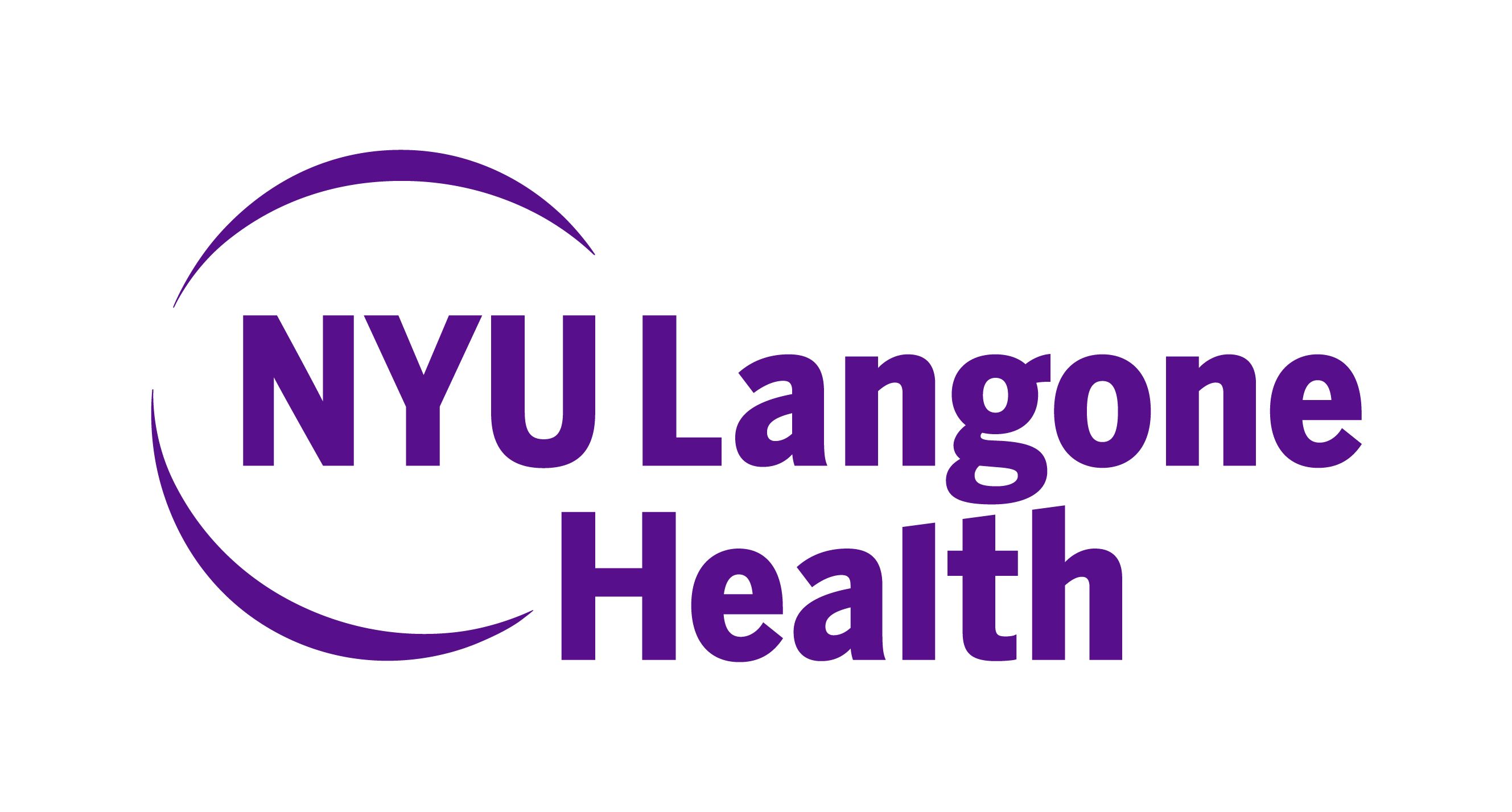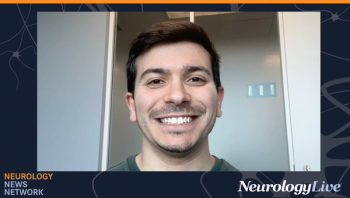
Assessing Video Evidence to Understand Sudden Unexplained Death in Children: Orrin Devinsky, MD

The director of NYU Langone’s Comprehensive Epilepsy Center discussed a recently published study that used videos to identify potential causes of sudden deaths in toddlers. [WATCH TIME: 4 minutes]
WATCH TIME: 4 minutes
"What's remarkable is that no one would have ever suspected a seizure. Firstly, seizures don't leave a mark, especially in this age group. In an older adult, there might be a tongue bite or something like that to be a clue. But in this population, they don't have teeth that are going to cause that kind of injury, and so there's really no marker, no sequelae that you could see."
Each year, several thousand children in the US die from unknown causes, most of the time sleep-related and unwitnessed. Research on sudden unexplained deaths in childhood (SUDCs), aged 1-18 years, is limited with less than 1% of research publications compared with sudden infant deaths. Led by Orrin Devinsky, MD, a recently published study analyzed terminal videos in a consecutive series of sleep-related child deaths from the SUDC Registry and Research Collaborative to document observations and explore mechanisms of death.
Of the 301 registry cases, 8 (2.7%) had terminal videos. One video was recorded at a daycare center during a group nap period; visibility of the child was poor and was excluded. In the remaining 7 toddlers, audio-visual recordings strongly implicated convulsive seizures prior to death. These toddlers had normal cardiac pathology and whole-exome sequencing failed to identify any pathogenic cardiac variations. Of 6 cases with suggestive or definite convulsive movements before death, only 1 had a febrile seizure history.
Infant seizures may be subtle and cause isolated apneas, leading to underdiagnosis. At the conclusion of the study, the authors noted that without the video evidence, death investigations would have not implicated seizures. Devinsky, director of NYU Langone’s Comprehensive Epilepsy Center, believes that although these are very painful times for parents of these children, the videos behind these incidents can have lasting and powerful impacts on advancing future research. In an interview with NeurologyLive, Devinsky spoke about the major findings from the study, including the lack of previous seizures noted in this patient group. In addition, he spoke on how the autopsy process has changed over the years and the need to improve measuring physiologic disorders in children.
REFERENCE
1. Gould L, Reid CA, Rodriguez AJ, Devinsky O. Video analyses of sudden unexplained deaths in toddlers. Neurology. 2024;102(3). doi:10.1212/WNL.000000000000208038
Newsletter
Keep your finger on the pulse of neurology—subscribe to NeurologyLive for expert interviews, new data, and breakthrough treatment updates.



























